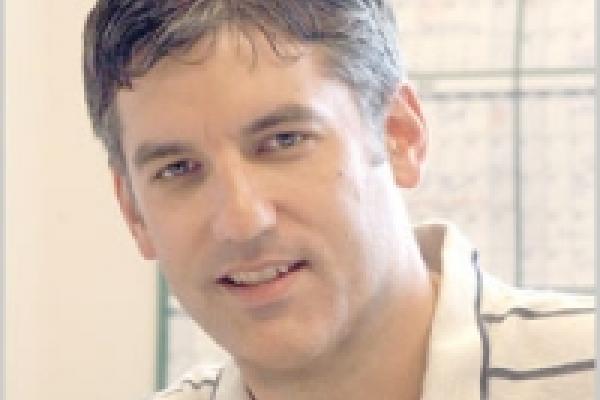
Laser-cooled and trapped atomic ions are standards for quantum information science, acting as qubits with unsurpassed levels of quantum coherence while also allowing near-perfect measurement. When qubit state-dependent optical forces are applied to a collection of atomic ions, their Coulomb interaction is modulated in a way that allows the entanglement of the qubits through quantum gates that can form the basis of a quantum computer. Similar forces allow the simulation of quantum magnetic interactions, and recent experiments have implemented tunable long-range interacting spin models with up to 20 trapped ions, the largest collection of interacting qubits yet demonstrated. Scaling to even larger numbers can be accomplished by coupling trapped ion qubits to optical photons, where entanglement can be formed over remote distances for applications in quantum communication, quantum teleportation, and distributed quantum computation. By employing such a modular and reconfigurable architecture, it should be possible to scale up ion trap quantum networks to useful dimensions, for future applications in quantum computing and quantum communication that are impossible using classical processors.
